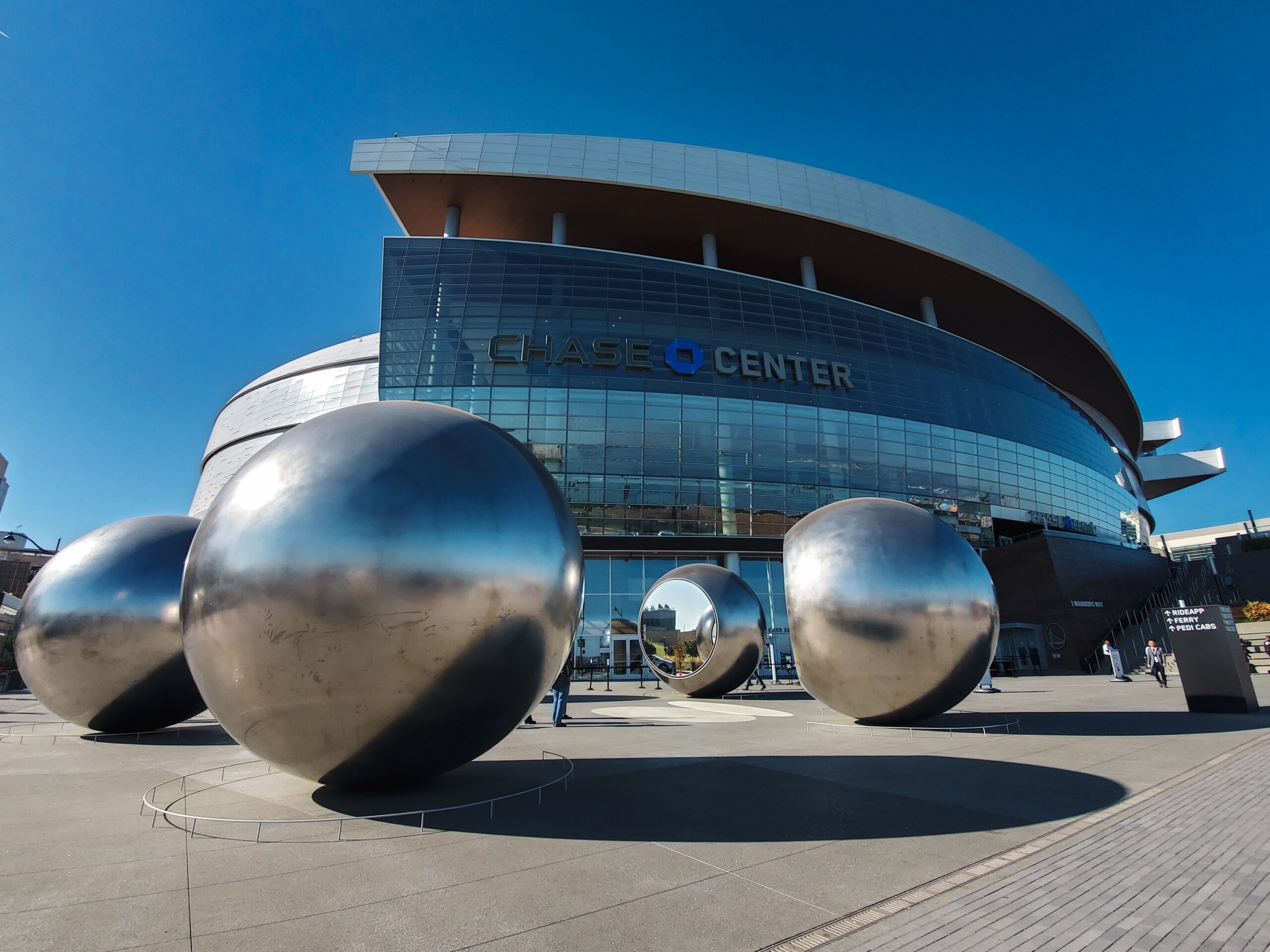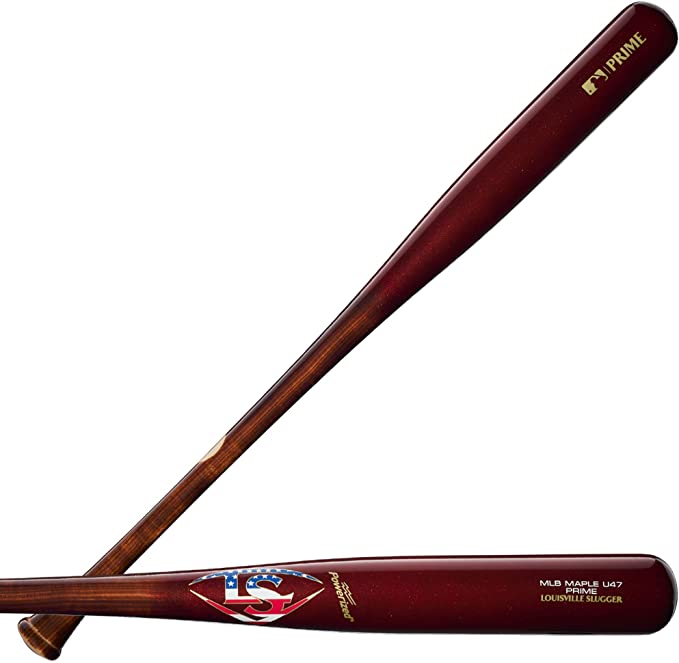People became excited when the MLB introduced the RBI statistic. At that time, it was thought to be a great way to measure a baseball player’s performance, albeit it mainly focuses on hitters. If you’re new to the sport, you might be asking, what does RBI mean in baseball?
Runs Batted In (RBI) is a baseball statistic that credits batters or hitters for making plays, allowing these plays to become scores. For instance, a batter hits the ball and becomes a base hit. In turn, a teammate reaches home to score a run.
Upon knowing what RBI is, you might still have some questions in mind. For instance, is a wild pitch an RBI? Also, who has the best RBIs in MLB history? Why do some people see that RBI isn’t a good statistic? Find out the answers to these questions as you continue reading the article.
What is RBI in Baseball?
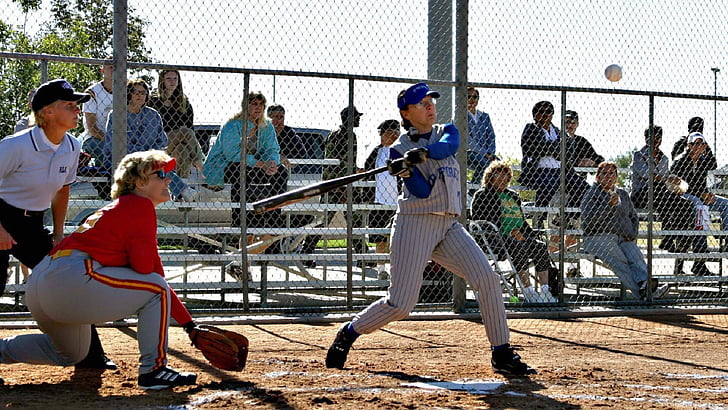
RBI stands for Runs Batted In. The official MLB definition of this statistic explains it as when a player is credited with an RBI when his plate appearance led to a run being scored. Most commonly, RBIs are earned for hits that score a run or an out. However, players can also get them for walks or hits by pitch. RBIs are also part of a baseball’s offensive Triple Crown. Additionally, sportscasters mention RBIs as either ‘ribby,’ ‘runs driven in,’ or ‘ribeye’ to name a few monikers.
According to Rule 9.04 Runs Batted In in the official MLB rules, it states the following about this metric:
A run batted in is a statistic credited to a batter whose action at bat causes one or more runs to score, as set forth in this Rule 9.04.
(a) For each run scored, the official scorer will credit the batter with a run batted in.
(1) Unless Rule 9.04(b) applies, unassisted by an error and as part of a play started by the batter’s safe hit (including the batter’s home run), sacrifice bunt, sacrifice fly, infield out, or fielder’s choice;
(2) because the hitter became a runner with all bases loaded (due to a base on balls, a first-base award for being touched by a pitched ball, or interference or obstruction); or
(3) An error is made on a play on which a runner from third base would normally score before two outs.
(b) A run batted in will not be credited by the official scorer.
(1) when the batter grounds into a force or reverse-force double play; or
(2) when a fielder gets called for an error after muffling a throw to first base that would have completed a force double play.
c) It is up to the official scorer’s discretion whether a run batted in is counted for a run scored when a fielder holds the ball or throws to the wrong base. Normally, if the runner continues running, the official scorer should credit a run batted in; if the runner recognizes the misplay and stops running, the official scorer should credit the run as a fielder’s choice.
It’s also worth mentioning the RBI is in baseball and softball.
Is a Wild Pitch an RBI?
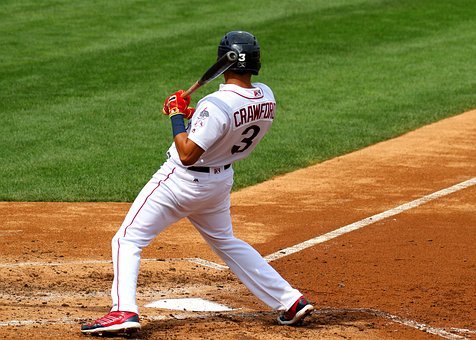
No, a player doesn’t receive an RBI if a run becomes a wild pitch. The player also doesn’t point in their RBI if the play becomes a passed ball or if the call happened because of an error. Baseball players also don’t receive RBIs if they hit double plays and those runs score. However, players will receive RBIs if they commit to successful sacrifice flies or sacrifice bunts.
Recommended Reading: What is FPS in Baseball?
Who Has the Best RBIs in MLB History?
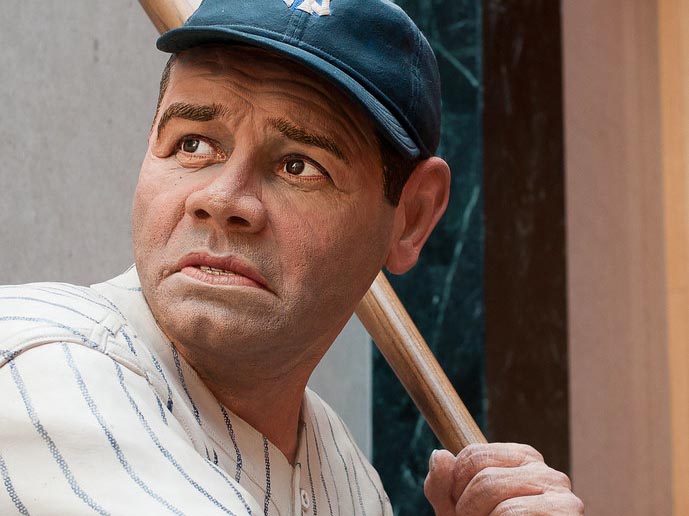
Take note that baseball tests the limits of athletes’ skills while they’re on the field. Therefore, it’s no surprise that some players are better than others in certain areas. One particular area is RBI, wherein certain MLB players in history score higher than others.
Here are the top 10 all-time leaders of RBI in the MLB’s history, along with their percentages and raw scores for the statistic:
- Babe Ruth-26.35 (26.3484)
- Lou Gehrig-24.93 (24.9344)
- Hank Greenberg-24.57 (24.5715)
- Ted Williams-23.86 (23.8645)
- Jimmie Foxx-23.63 (23.6292)
- Mark McGwire-22.85 (22.8544)
- Joe DiMaggio-22.53 (22.5334)
- Hack Wilson-22.33 (22.3319)
- Manny Ramirez-22.21 (22.2101)
- Sam Thompson-21.82 (21.8246)
Why is the RBI Not a Useful Stat in Baseball?
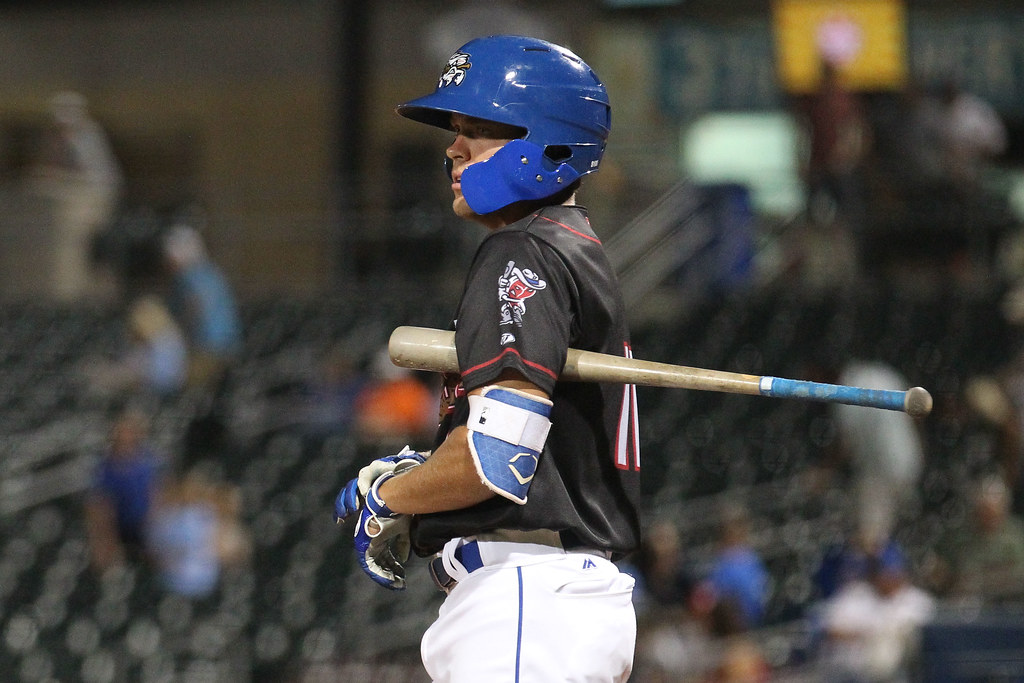
After his plate appearance, a batter is usually credited with an RBI. In other circumstances, though, a player is not given credit for a run scored. Keep in mind that RBI is a team-oriented statistic. As a result, the main focus is on how many runs a player can score with the assistance of his teammates. Furthermore, the best RBI men can drive in runs with both their power and speed. They rely on their teammates to do their tasks.
The issue with RBI is that it does not account for a player’s ability to score runs by hitting well. A guy with a.300 triple-slash line, for example, isn’t always a better player than one with 100 RBI. Even if a guy has a fantastic triple-slash line, that doesn’t guarantee that he’ll hit 100 home runs.
Recommended Reading: How many rounds in the MLB Draft?
Final Words
RBI is given to a player after he hits a home run or is hit by a pitch. The athlete may not receive an RBI if he is hit by a pitch and is not able to score from first base. Some players in MLB history, like Babe Ruth and Sam Thompson, have higher RBIs than others. With that said, RBI might not be a useful stat when looking at baseball players as a whole. People should look at the other metrics other than the RBI to see professional MLB players’ overall performances.



